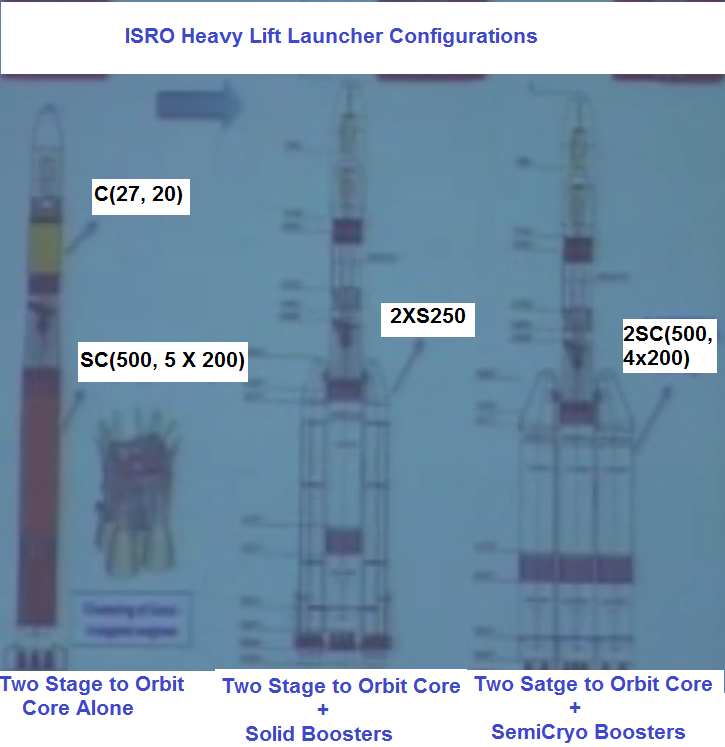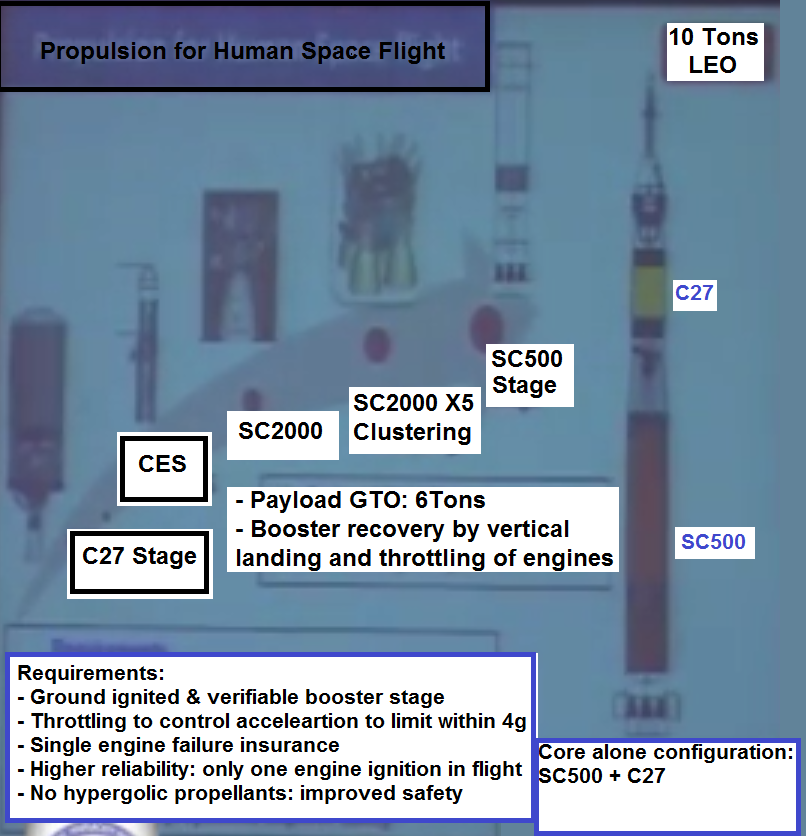MAKING GRAVITATIONAL WAVES
The ambitious plan to make India the new center of the experimental physics world
The plans for LIGO India are sending ripples through the physics universe. (Handout/Reuters)
WRITTEN BY
Sonali Prasad
September 04, 2016
Quartz India
In 2016, a week after scientists in the US clinked champagne glasses to celebrate the monumental discovery of gravitational waves in February, an Indian physicist slowly paced across his office in Bangalore, sitting at his desk then standing back, bouncing around with nervous energy. Bala Iyer’s eyes flickered between his phone and computer, cycling between news sites, searching for the announcement he’d been waiting for over the past two decades. A few minutes later, an online alert finally put an end to his wait. The Narendra Modi government had given the green light for a massive project: the construction of a gravitational wave observatory in India.
Iyer couldn’t believe it at first. “I was still dazed, so I got my younger colleagues to reconfirm the news,” he says. But it was true: the Indian government “in principle” approved an estimated budget of $201 million for building an advanced Laser Interferometer Gravitational-wave Observatory (LIGO) on home soil.
Iyer’s dream to bring the experiment to his motherland began in the 1980s, when a small group of Indian physicists led by Sanjeev Dhurandhar first made the case for a gravitational wave observatory. The arguments were met with silence from the government and other organizations that might have had the power or deep pockets to make such a project happen. Without support or funding, Dhurandhar and Iyer went back to their research. In 1989, Iyer spent a sabbatical interning with renowned French theorists Thibault Damour and Luc Blanchet, working on calculating the nature of gravitational waves using Einstein’s theory of general relativity. He eventually became a part of the scientific group that, in 2016, detected the first gravitational waves on earth, an experimental proof of Einstein’s century-old equations.
“The experiment is sensitive to the fluctuations of the mile-long arm geometries down to the level of the size of a nucleus.”
But all the while, the close-knit group of Indian physicists continued to plot how they could get an observatory in their home country. In 2009, they formed the Council of the Indian Initiative in Gravitational Wave Observations Consortium (IndIGO), which Iyer now chairs. The group relentlessly pursued a collaboration with the US National Science Foundation (NSF), the primary funder of the two existing LIGO detectors in America. After a series of proposals and much deliberation among the international community of gravitational wave scientists, NSF agreed to co-host the third LIGO observatory in India.
Much like its twin counterparts in Livingston, Louisiana and The Hanford Site (a decommissioned nuclear complex near Richland, Washington), LIGO India will be an interferometer with two highly sensitive, four-kilometer-long arms joined in the shape of the letter L, with laser lights bouncing off spherical mirrors at the end of each arm. When a wave passes through the detector—distorting the fabric of time and space—the laser beams from the two arms will fall out of phase, registering an interference pattern at the vertex.
LIGO’s Livingston detector site.(LIGO)
The physical measurements required for gravitational wave detection are arguably the most accurate ever made. “The experiment is sensitive to the fluctuations of the mile-long arm geometries down to the level of the size of a nucleus,” says Rana Adhikari, an experimental scientist and member of the LIGO team at Caltech. “To cancel and isolate from any noise produced by the human environment is herculean in itself, let alone detect waves coming from 1.3 billion light years away.”
To execute such a complex experiment in India, LIGO India will bring together experts from three of the country’s top research institutes: the University Centre for Astronomy and Astrophysics (IUCAA), the Raja Ramanna Centre for Advanced Technology (RRCAT), and the Institute for Plasma Research (IPR). The team currently operating the US detectors will provide the Indian researchers with the hardware for a complete LIGO interferometer that detects the wave signals; technical data on its design, installation and commissioning; and the training required to build and run the observatory. The Indian team will provide the site; all other infrastructure required to house and operate the interferometer; and the labor, materials, and supplies for installing, commissioning, and operating the detector. The plan is to have it operational by 2024.
The ambitious LIGO project will test the skills of India’s engineering, logistics, and manufacturing industries
The India LIGO project is not a charity case. Most existing detectors lie in the northern hemisphere, so LIGO is currently unable to accurately determine the sources of gravitational waves from the southern sky. An observatory in India will help to triangulate the sources of the waves, in much the same way that three cell phone towers are required to identify the location of a cell phone. Two observatories are only sufficient to confirm a detection, but a third detector will expand the network of search and allow scientists to estimate the position of the sources of waves with the span of milliseconds.
The ambitious LIGO project will test the skills of India’s engineering, logistics, and manufacturing industries, as the infrastructure requires state-of-the-art technology and absolute precision. It could also have major downstream effects, since the tech developed could end up being used on lots of other projects, like a particle accelerator or high-precision lasers for medical optics.
But perhaps the most extraordinary impact of LIGO India will be on the burgeoning crop of aspiring Indian physicists and scientists, especially in the field of experimental science. “India has produced some very prominent scientists, but there has been more scope on the theoretical side in colleges and research institutes due to lack of equipment and facilities,” says Adhikari. Like most scientists born in India, he started off as a theorist, but while pursuing his degree oversees, he finally had a chance to get his hands dirty with real equipment and switched to the experimental side.
Adhikari was one of the strongest voices who pushed for the formation of IndIGO in 2009. But now, the consortium doesn’t even need loud advocates: when IndIGO was founded, it had just 11 members; today there are 139 scientists—65 were part of the LIGO collaboration that detected the first gravitational waves. Iyer believes that the community will grow up to about 250 by 2025. “Indian scientists and engineers have always collaborated with many milestone international projects hosted abroad,” Iyer says, “but LIGO India will be the first of its kind, a mega international project set up on our home soil. It will be our turn to shine.”
Prime Minister Modi presides over the signing of the memorandum of understanding with the US for hosting the third LIGO detector in India. (Press Trust Of India (PTI))
LIGO’s first data center in India will be based at IUCAA, in Pune, 150 kilometers (93 miles) outside Mumbai. (LIGO already has five other data centers; four in Germany and one in the US.) Even before the LIGO India detector is complete, scientists there will begin to analyze data coming in from existing detectors when the next run of LIGO begins in September.
But Iyer knows that there is still a long way to go. “We have just set up the base camp of our summit, but the Everest is yet to be conquered,” he says. They still need to figure out where they’re going to build the thing: out of 22 sites proposed as options, three locations have been shortlisted for final technical evaluations for the observatory.
Once it’s there, everything will change. “The presence of world-class infrastructure in the form of the LIGO detector and the latest R&D will attract the right talent for experimental physics from all across the country,” says Adhikari. “India will be synonymous with some of the biggest discoveries of our time.”
http://qz.com/773335/ligo-india-plans/












